Andalusia: Land of the Thousand and One Nights. Where the cultures meet.
A couple of weeks ago we took you the adventurous and cosmpolitan Tarifa; this week we will go to the east of Benahavís. Granada, located just a couple of hours' drive away from Benahavís, is a place that stands at the cultural crossroads.
Tucked into the slopes of Sierra Nevada, for more than eight centuries the city was the bastion of Mauritanian ruling and the heart of the Arab state of Al-Andalus. As one can imagine, after eight centuries of Muslim ruling, local music, customs and architecture are very much present up until this day.
Whenevr you can, head to Granada. What you will find is not what you would expect.
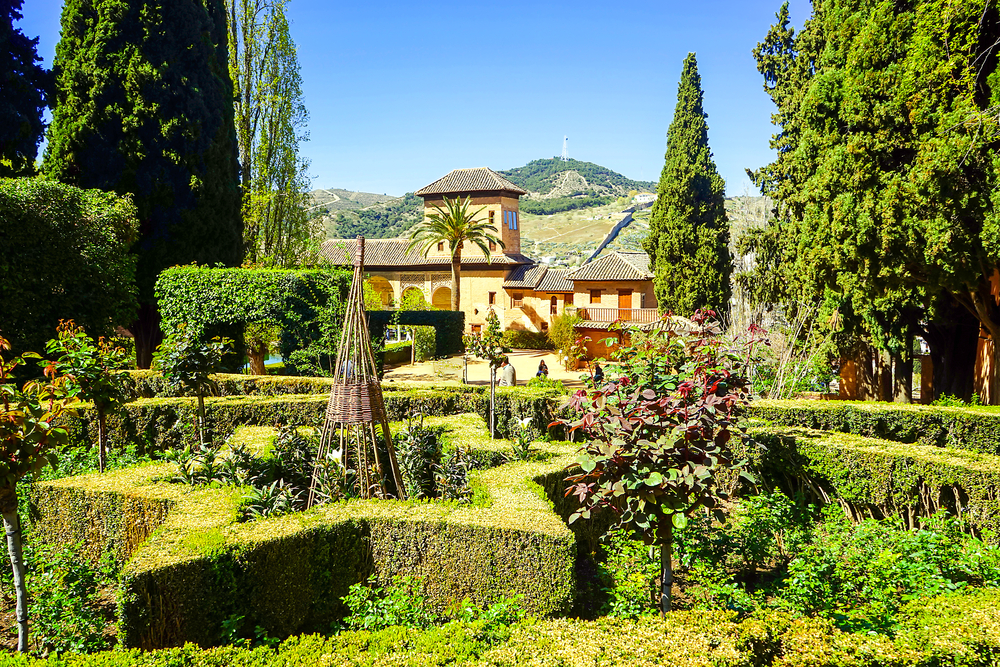
Here is where, shortly before Columbus left for India, the Islamic rule in Europe ended.
One of the world’s most breathtaking monuments - Alhambra
When you stroll around in the evening, the Mirador San Nicolás square is still full of people. Someone is playing the guitar, the restaurant guests are drinking their drinks, everyone is sitting facing the illuminated walls of the thousand-year Alhambra fortress. In Arabic, it means “the red¨ (castle).
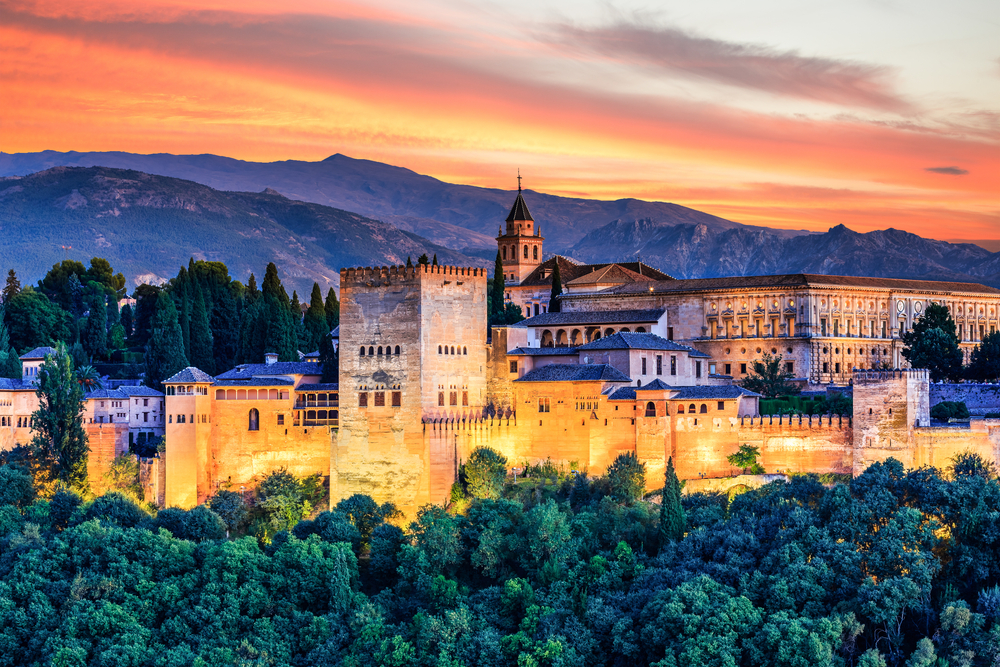
It’s a masterwork of Moorish architecture, the enormous complex is home to fabulous palaces, courtyards, and gardens, displaying splendid Islamic geometric patterns and ornamental features.
The Garden of Eden
Behind the walls, there are terraces cooled by streams of water, arcades and fountains and carved vaults. Colourful tiles, exquisitely carved wood and beautiful calligraphy adorn the fortress’ sumptuous interiors, while outside, serene pathways meander through a gorgeous ensemble of pools, patios, and fountains, closely resembling the Garden of Eden.
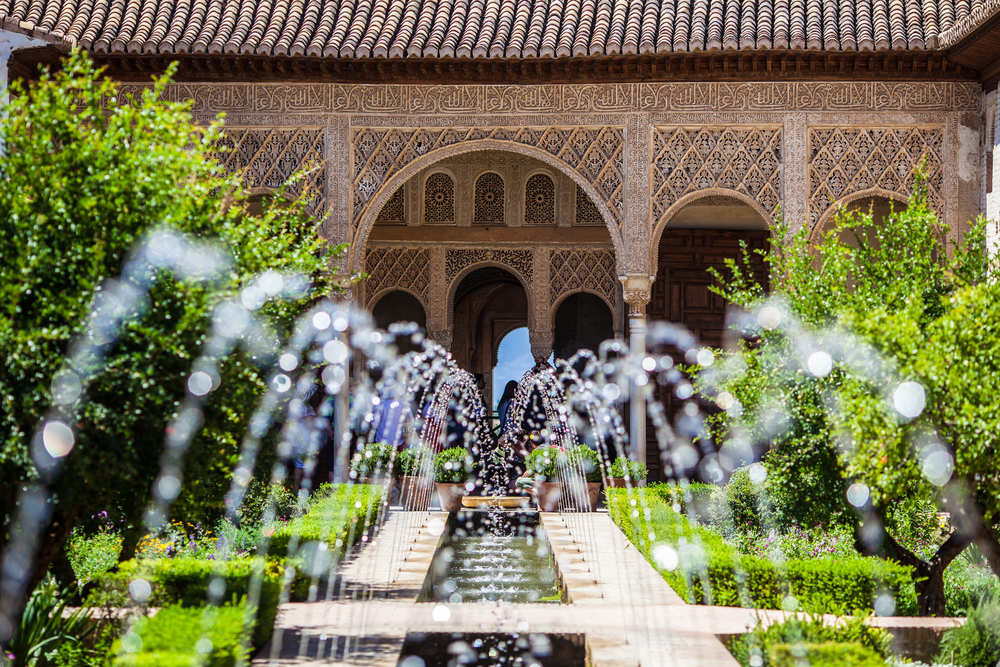
According to the Muslim tradition, the surrounding Generalife gardens were to be so pleasant that they could remind them of a paradise, represented as a heavenly garden.
Renaissance and Gothic cathedral
The symbol of later times is the impressive cathedral of Santa María de la Encarnación. Planned as the triumph of Queen Isabella Catholic, it stands - like most Andalusian churches - on the foundations of the former mosque. The stone temple is surrounded by the chaos of the oriental bazaar. Dozens of stalls with fabrics from Morocco and rainbow tea glasses make us move to the East in the blink of an eye. However, Oriental accents are best discovered on the other side of the Gran Vía avenue.
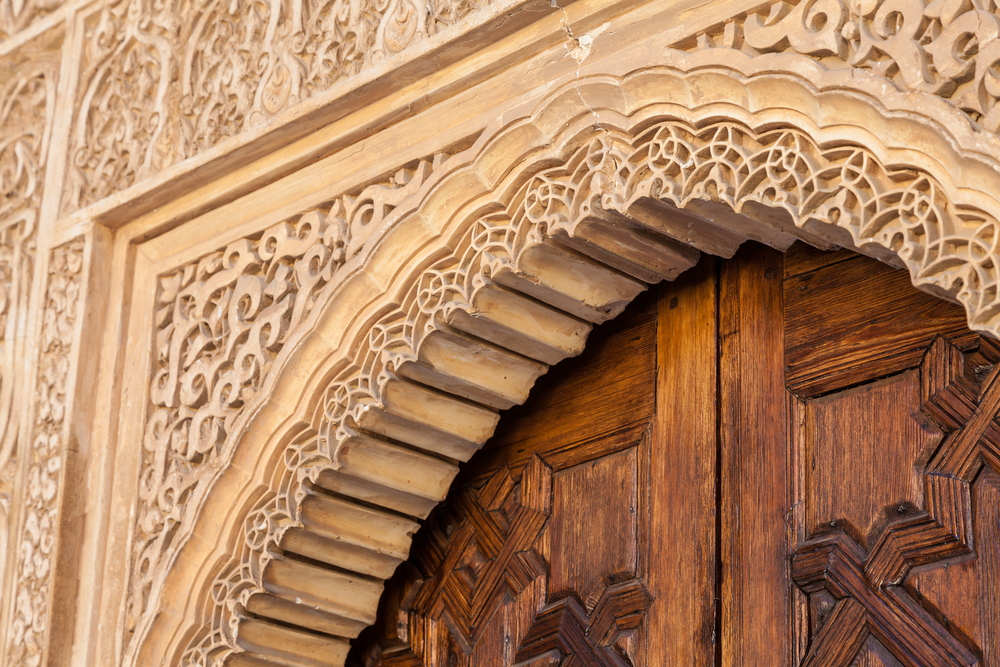
Famous Tea Rooms
Because of the dozens of Arab bars and tiny restaurants, the locals know this place as Calle de las Teterías or the street of Tea Rooms. We get tested by the windows of the shops displaying mountains of pistachio sweets dripping with honey. Enormous queues line up in front of bakeries which had just taken out small sesame bagels from the oven. Tea Street is the gateway to the labyrinth of Albayzín - the Arab quarter. Through the windows in the wooden gates, we look at the thick bushes of cármenes - the gardens surrounding the more affluent Andalusian houses. Through cobbled streets, you get to the little squares decorated with fountains.
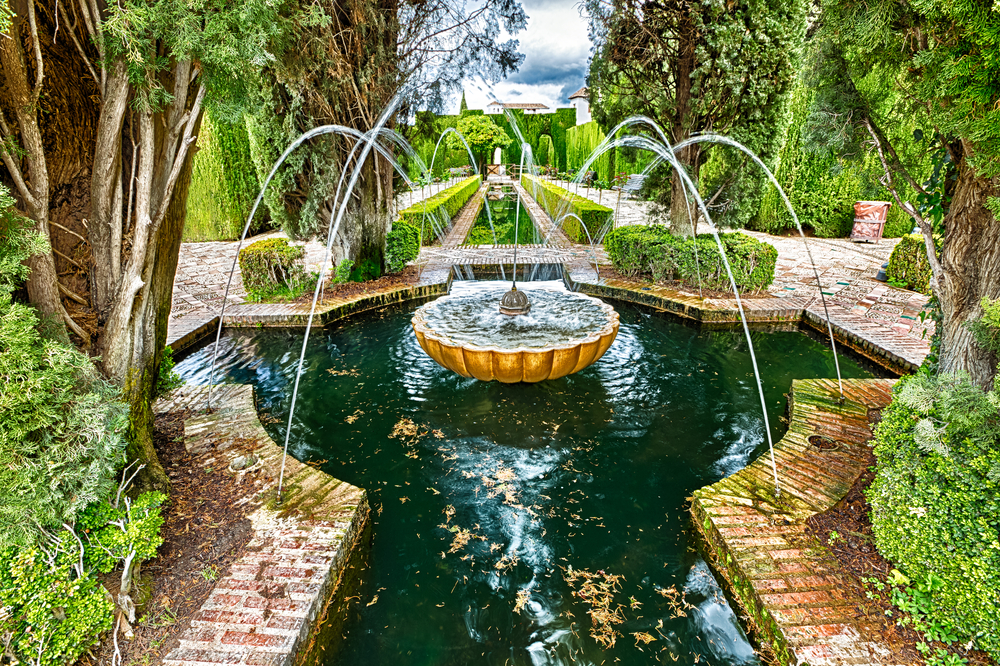
The white walls bear oriental-sounding street names, written on ceramic tiles, called azulejos. Granada, a student city, is famous for its tradition of free tapas, or snacks that are served with drinks in virtually every bar. While in other cities tapas is a bowl of peanuts, in Granada for the price of a drink you can try the best Andalusian flavours. Grilled eggplants with honey, sandwiches with spicy chorizo, triangles of potato tortilla are excellent additions to strong local wine.
Whenevr you can, head to Granada. What you will find is not what you would expect. It's a gritty, compelling city where serene Islamic architecture and Arab-flavoured street life go hand in hand with monumental churches, old-school tapas bars and counterculture graffiti art.

